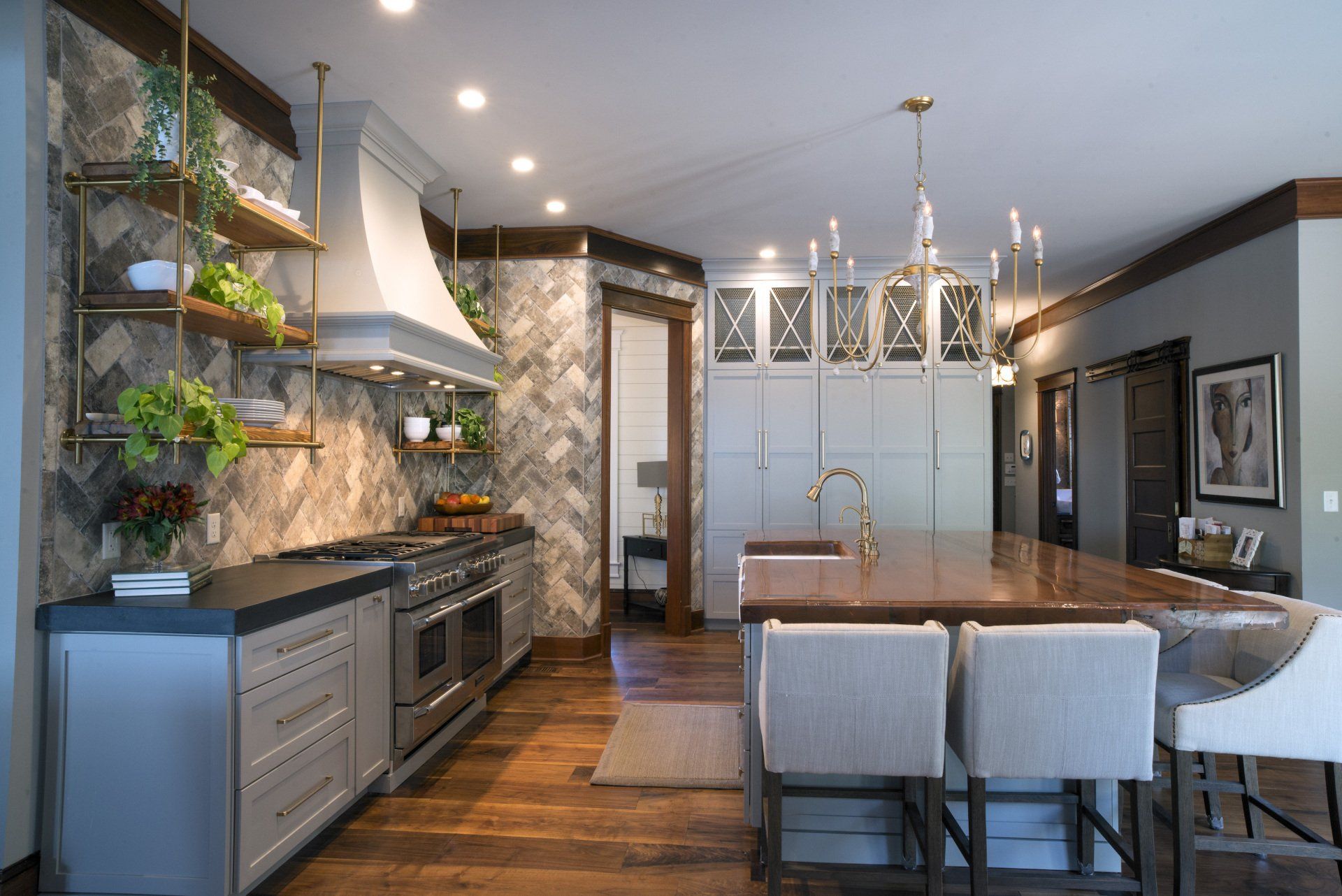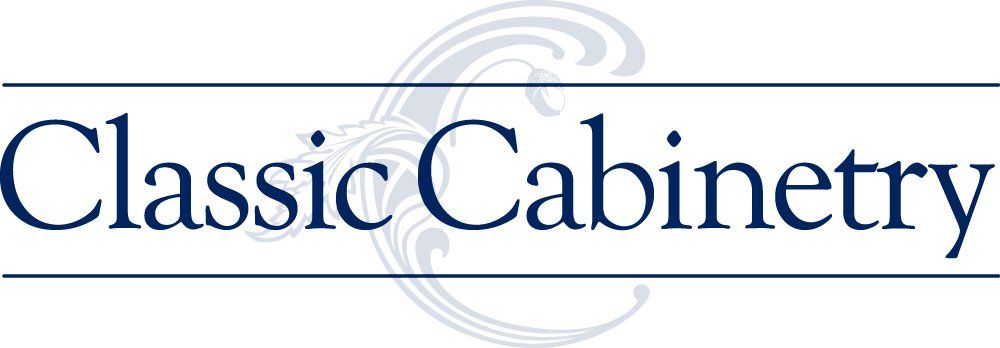Bathroom Features You Cant Live Without
At Classic Cabinetry we get the honor of designing lots of new bathrooms for homeowners in Chattanooga. There are several design features that homeowners may not consider in their research and planning, but simply could not live without once they experience the benefits those features, products and design elements deliver. Some of our favorite and most cherished recommendations include the following.
There’s nothing that says “wow” better than a heated floor. Imagine on a chilly winter night you walk into your new dream bath not on cold floor covering, but on a warm and toasty surface that surprises and delights your toes. Heated floors are universally adored by homeowners in Chattanooga, and many are surprised by their affordability and relative ease to install.
Similar to kitchens, you can’t have too much storage in a dream bathroom. Depending on the available space, we often recommend a combination of shelves, drawers, cabinets and niches to create homes for towels, cosmetics, cleaning supplies, grooming aides, medicines and other common products that homeowners in Chattanooga store in their baths.
A great storage enhancer are niches in the shower and/or tub areas where homeowners in Chattanooga can place shampoo and other bath products such as conditioner and body wash. Many homeowners appreciate when we design two niches for the shower or bath area. The larger one can be used for larger bottles and a second smaller cutout that can hold bars of soap, razors and other grooming aids.
We also recommend to many of our clients that they make the investment in high-performing, long-lasting plumbing fixtures. You want faucets, shower-heads, hand showers and other plumbing fixtures to withstand the test of time. A high-quality faucet will feature a ceramic disk cartridge (leak proof) and a lifetime finish. A high-quality shower system offers a thermostatic valve that enables you to set your shower to a predetermined temperature and the valve maintains that temperature until the water is turned off.
Speaking of hand showers, they are considered a must-have by homeowners in Chattanooga who have installed them in their homes. Hand showers are used to clean the shower enclosure, for rinsing freshly shaved legs and for bathing small children and sometimes even the dog.
A sculptural freestanding tub, gorgeous vanity, statement-making light fixture or other-worldly tile or stone can help create head-turning focal points in your dream bath.
Invest in lighting because lighting can make or break the look and feel of your dream bath. We recommend a layered approach to lighting that provides the right light to prepare for the day or a night on the town, for general illumination and even LED strips that can light the way to the water closet in the middle of the night without disturbing your partner.
What design features can take your new dream bath from good to great? Give us a call at 423-266-0077 or make an appointment to visit our showroom either in person at 2601 Broad St or virtually.





